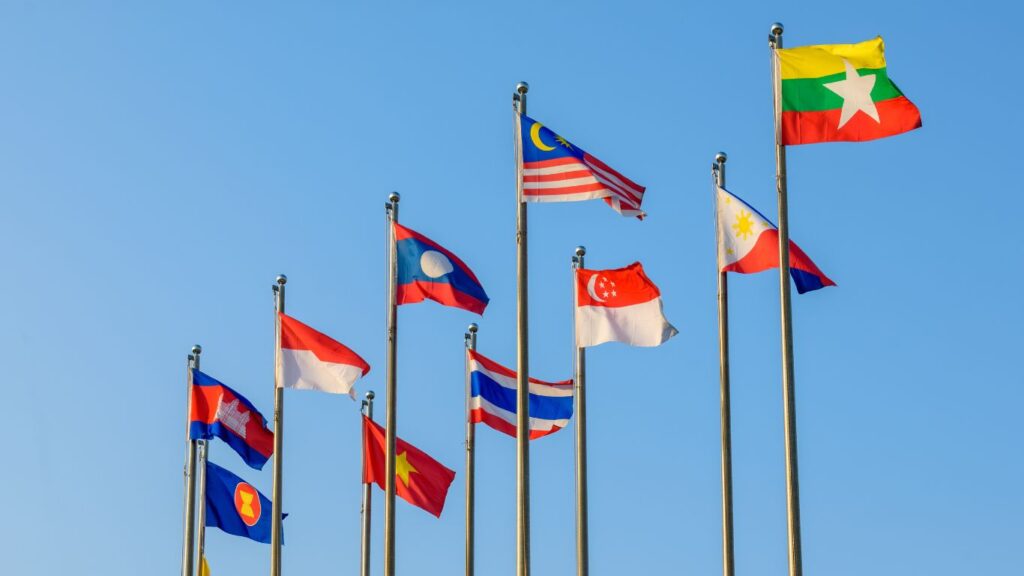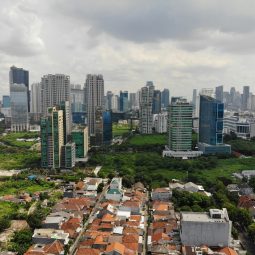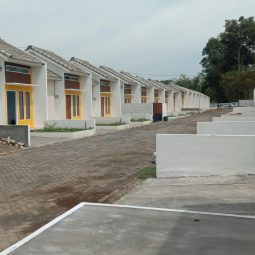There is something deeply unsettling about watching the world unravel in slow motion. Alliances that once stood firm are fraying. The rules of the global economy, once seen as dependable are now being rewritten at whim. And for many of us in Southeast Asia, the question is no longer theoretical. It’s personal. It’s political. It’s economical.
When former U.S. President Donald Trump returned to the White House and unleashed a new wave of aggressive tariffs in 2025, it wasn’t just another geopolitical headline. It was a tremor that hit factory floors in Bandung, port operations in Manila, and logistics corridors in Bangkok. Indonesia’s palm oil shipments suddenly became less competitive. Malaysia’s chip exports took a hit. Thailand’s auto parts orders were canceled. What we witnessed was the fragility of depending too much on the goodwill or instability of others. But that wasn’t the only wake-up call.
China’s shifting export policies, rising protectionism, and the deepening rivalry between Beijing and Washington have turned global trade routes into fault lines. When two superpowers clash, we don’t just watch, we absorb the impact. From rerouted shipments to collapsing demand, the aftershocks ripple through ASEAN’s economies with little warning and even less mercy, and yet, amid all this, one fact remains astonishing, Intra-ASEAN trade, trade between our own countries, still makes up only around 21–24% of our total trade volume. That figure hasn’t moved much in over two decades. Why does that matter?
Because it means we are still more dependent on the outside world than we are on each other. It means that in moments of global crisis, we’re left exposed, fragmented, and reactive. It means that every time a shock hits be it a tariff, a conflict, or a pandemic we find ourselves scrambling, rather than standing on solid regional ground.
We like to speak about ASEAN unity. About integration. About community. But the reality is, our systems don’t reflect our slogans.
Our infrastructure remains deeply uneven. Major projects like the Singapore–Kunming Rail Link are years behind. Trade is funneled through just a few chokepoints like Singapore’s port, leaving our entire region vulnerable to bottlenecks and political leverage. Our digital customs systems remain patchy.
Our rules of origin are complicated and costly for small businesses. And non-tariff barriers, like sudden export bans or local content laws, continue to emerge uncoordinated, undermining trust and predictability.
The result is a region with vast potential, yet limited power. A bloc with shared goals, but fragmented execution. A community with common threats, but no unified shield.
So here’s the moment of truth. Do we continue to drift in the current of global instability? Or do we finally anchor ourselves in something stronger, something closer, something ours?
Dive deeper into the forces shaping ASEAN’s future, the vulnerabilities holding us back, and the solutions that could transform us into a region defined by autonomy, not dependency.
Download the paper below!


















